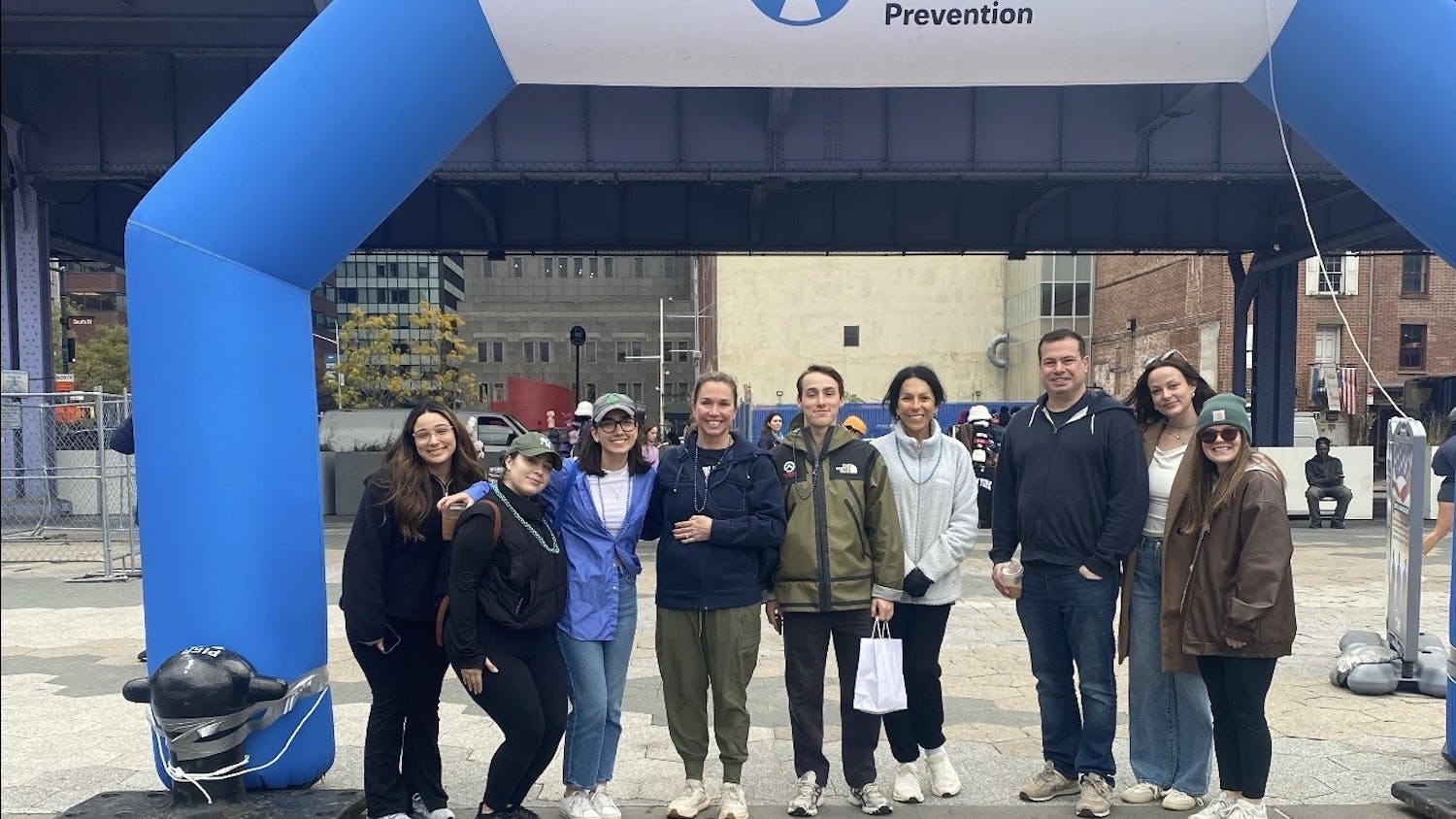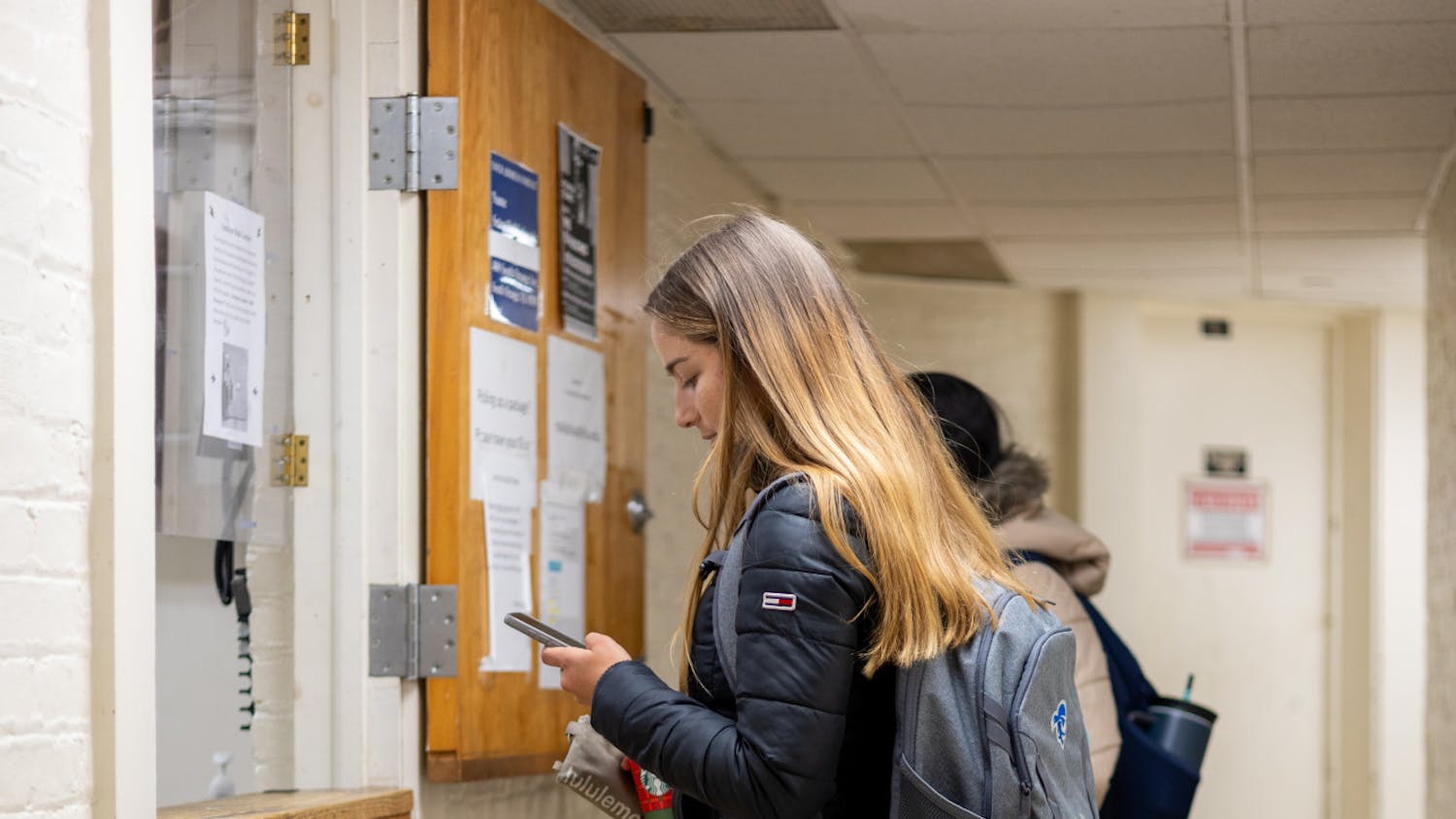
Photo courtesy of Laurie Pine
The silver lining to a fiery tragedy is continuing on in a legacy that serves the entire state of New Jersey.
As a result of Seton Hall’s Boland Hall fire on Jan. 19, 2000, all colleges and universities within the state were required to install fire suppression systems in every residence hall. Since the fire, changes in the Student Right to Know Act (Clery Act) now require the tracking and reporting of fire events annually, according to Tara Hart.
She has been on HRL staff since the incident and now serves as the director. The Clery Act is available to the public through the Seton Hall website. Fire safety is taken extremely seriously following the tragic events that took the lives of three students and left 58 injured. Since then, there have been no major incidents at Seton Hall, according to Hart.
“We have two planned drills per hall per semester as required by law. Any time the alarm sounds it is treated as a real event; there is no such thing as a false alarm,” Hart said.
In 2014, the fire alarm in Boland Hall was activated six times, in addition to the four planned drills, and only one of those was due to an actual fire, according to Thomas Giordano, assistant director for emergency management. In 2013, there were only eight alarm activations, none for a real fire, in addition to drills.
“A program of fire inspections, fire safety education and enforcement of fire safety regulations have all contributed to the lack of serious fires in our residence halls,” he said.
The worst fire incident in Giordano’s experience was an oven fire in a residence apartment kitchen, although no one was hurt and the fire was limited to the appliance.
He said, in general, “unattended cooking (fumes and smoke from stoves and microwaves) is the largest single cause of fire alarm activations in our residence halls.”
He also cited hairspray and shower steam as common activators. In honor of the 15th anniversary of the fire, the Mass of Remembrance and Hope and prayer service at the Remember Garden outside of Boland Hall was held Monday, Jan. 19. Those attending the event included University President Gabriel Esteban and his wife, Josephine, Vice President for Student Services Tracy Gottlieb and many members of the priest community, Campus Ministry and the South Orange Fire Department. From the estimates of several attendees, between 60 and 100 students attended as well.
Monsignor Anthony Ziccardi, the University’s vice president for Mission and Ministry, was present when the fire occurred.
“My feelings at the time of the fire were of deep pain and sorrow…many years later, I can still remember the pain, even though it’s not that raw kind of pain that it was then. I’d compare it to a scar that remains long after the wound has closed up,” Msgr. Ziccardi said.
He presented the homily at the mass and compared the innocent suffering of Jesus to the suffering and death of the fire victims.
He said, “though it should never have happened to them, (the suffering and death) will not be in vain for them, because…it is preferable to suffer evil than to do evil.”
John Hughes, junior education major, works as a sacristan for campus ministry and served as an altar server for the mass.
Reflecting on the anniversary event, he said: “to see so many peers, faculty, staff all gathered to support the families and honor the memory of those that were injured, it was a moving testament to the unity of our community…(and) truly shows that ‘remember’ is not just a word, it’s a practice to honor that tragedy.”
Hughes lived on the fourth floor of Boland Hall South his freshman year.
Emily Balan can be reached at emily.balan@student.shu.edu.




